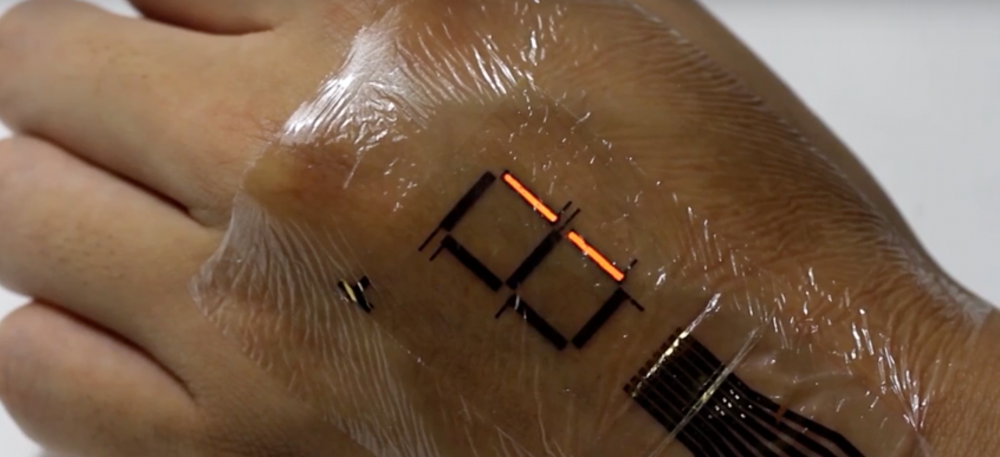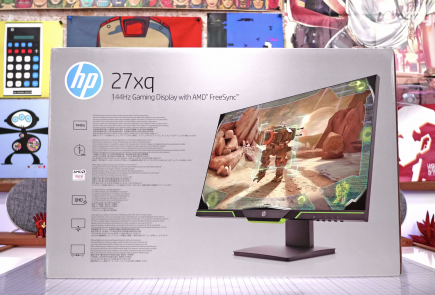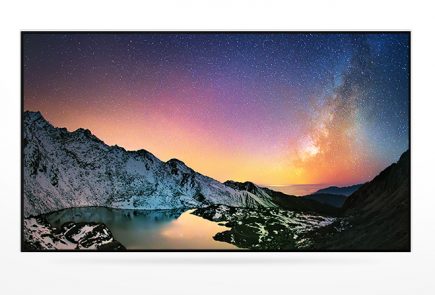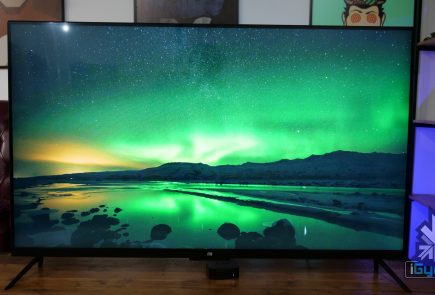This Super Thin LED Based Screen Gives Your Skin a Display

In the near future wearable tech, not watches and glasses, but the tech that you wear right on your skin may become something that we take for granted. However, we might be headed in that direction sooner than expected. University of Tokyo researchers have developed an optoelectronic skin whose polymer LEDs and organic photodetectors are thin enough to directly slap onto your skin. This 3 Micrometer thin display at the moment doesn’t do much more than tell your blood oxygen concentration levels.
This 3 Micrometer thin display at the moment doesn’t do much more than tell your blood oxygen concentration levels. The current prototype is a little rough and requires a lot of refinement, however it the display can be crumpled and stretches without affecting output result and may make for a great first step in finding a true wearable display skin in the near future.
Thin-film electronics intimately laminated onto the skin imperceptibly equip the human body with electronic components for health-monitoring and information technologies. When electronic devices are worn, the mechanical flexibility and/or stretchability of thin-film devices helps to minimize the stress and discomfort associated with wear because of their conformability and softness. For industrial applications, it is important to fabricate wearable devices using processing methods that maximize throughput and minimize cost. We demonstrate ultraflexible and conformable three-color, highly efficient polymer light-emitting diodes (PLEDs) and organic photodetectors (OPDs) to realize optoelectronic skins (oe-skins) that introduce multiple electronic functionalities such as sensing and displays on the surface of human skin. The total thickness of the devices, including the substrate and encapsulation layer, is only 3 ?m, which is one order of magnitude thinner than the epidermal layer of human skin. By integrating green and red PLEDs with OPDs, we fabricate an ultraflexible reflective pulse oximeter. The device unobtrusively measures the oxygen concentration of blood when laminated on a finger. On-skin seven-segment digital displays and color indicators can visualize data directly on the body.






















